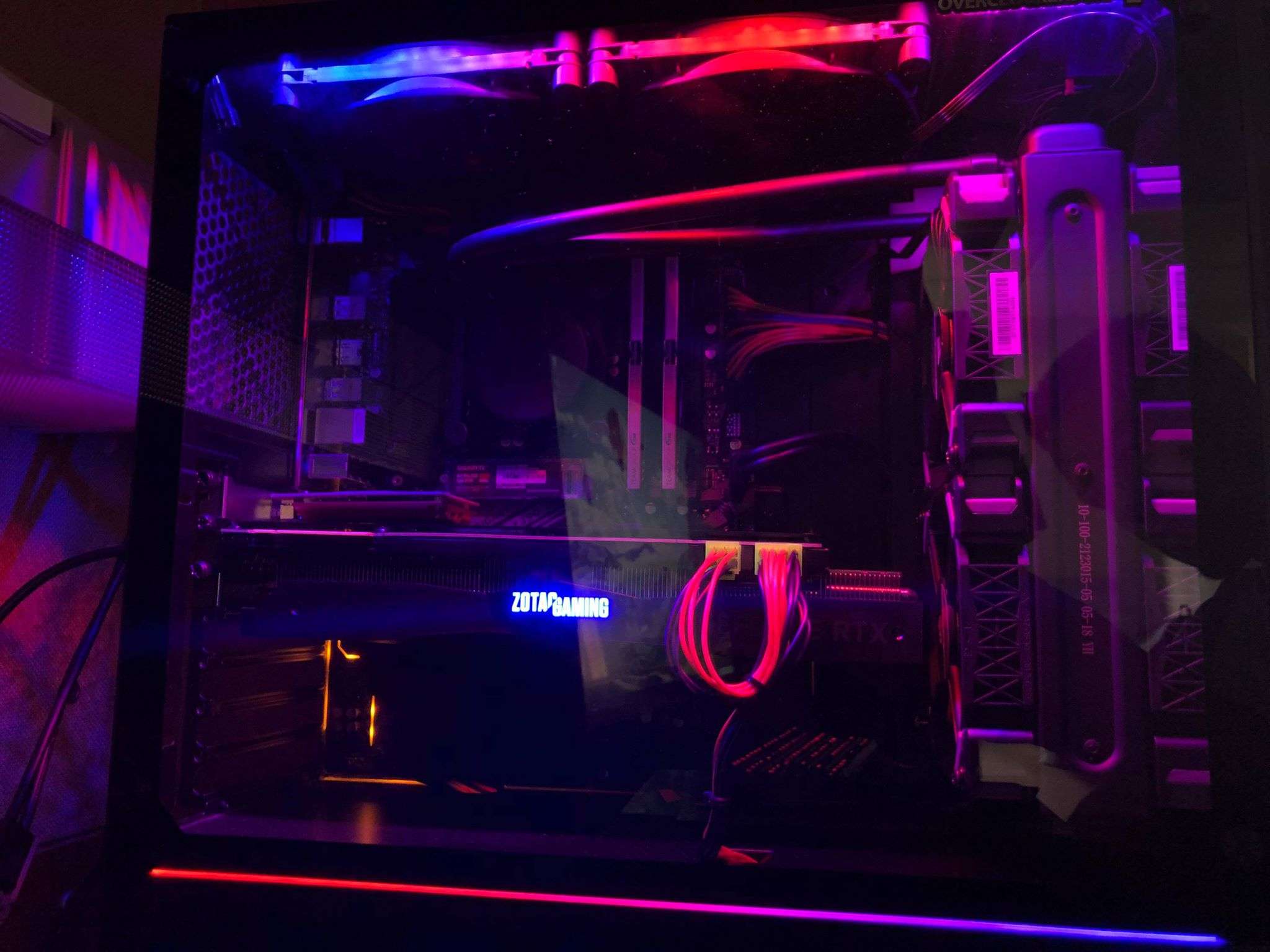Ok that’s great. The rear fittings below gpu are removed now, it does look like a good suggestion for sure. I’ll get x4 new fans for the front. Silent wings 2/3 120mm x4 sound good? And with regards to the roof fans, would you have both 140’s fitted on roof because the one that’s further forward seems like it might be sucking air out too early and before it gets to the gpu?
With all the fans in the pcie covers can go back in. They are vented anyway so won’t make much difference.
I would put both 140mm’s in the roof. Those radiator fans will be close to the gpu so it will still be of benefit to have both fans in the top.
I would if you can get decent radiator fans for the AIO. Like Corsair ml120 pro’s in black if you’re not wanting LED. Then silent wings for the rest where static pressure is not needed as much.




